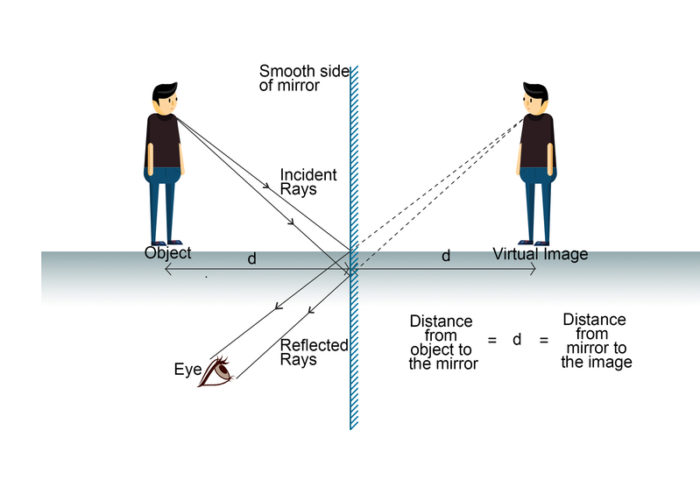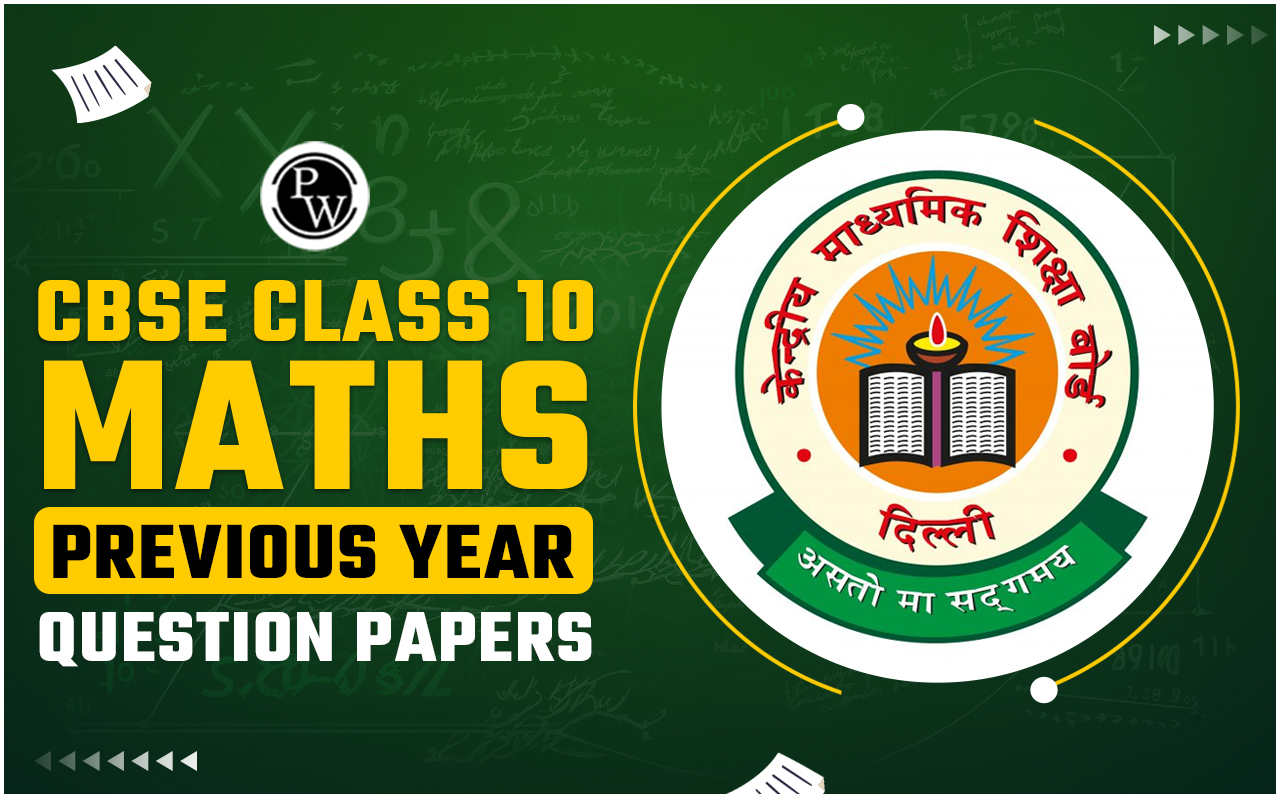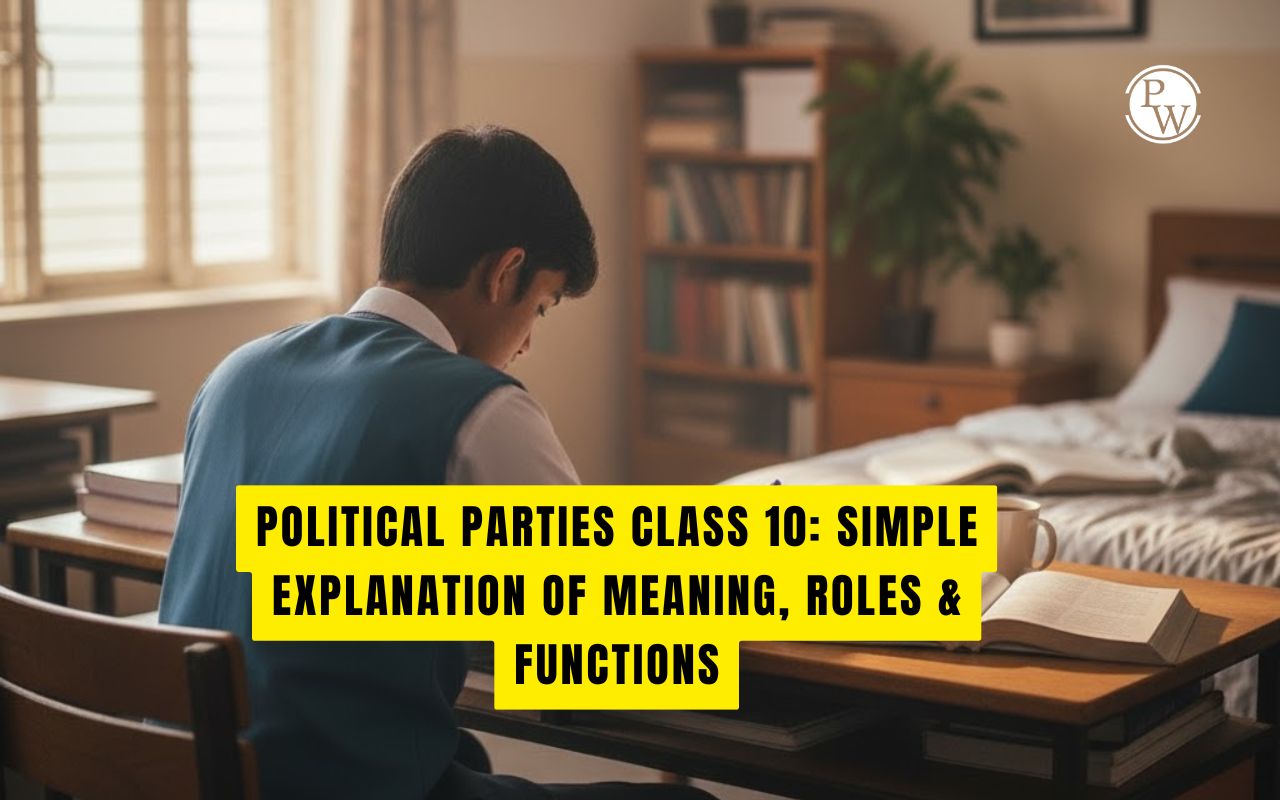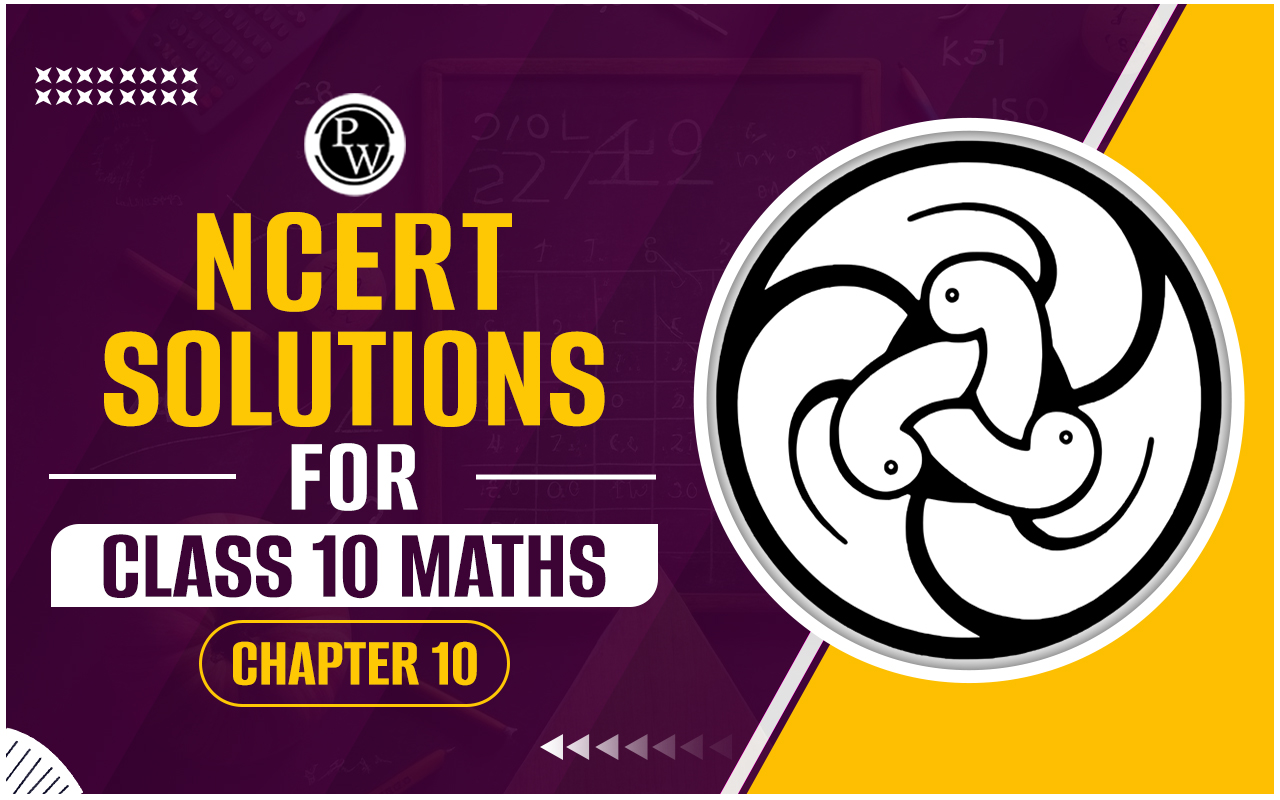

CBSE Class 10 Science Notes Chapter 10: You can find the notes for Grade 10 Science's NCERT-based notes in Chapter 10 here. By studying for the exams in advance, these notes will help students ace their exams. The Science NCERT Notes for Class 10 in this chapter, provided by us, can help students with all of their conceptual issues and doubts.
These NCERT Notes have been prepared by experts using the most recent revision of the CBSE syllabus to assist students in Class 10 in adequately preparing for their examinations.CBSE Class 10 Science Notes Chapter 10 Overview
Students learn about the processes of light reflection and refraction utilising the straight-line propagation of light in Class 10 Science Chapter 10 Light. Additionally, natural visual phenomena are investigated. The chapter discusses spherical mirrors' ability to reflect light, allowing for an examination of their practical applications.CBSE Class 10 Science Notes Chapter 10 PDF
Get the Class 10 Light Reflection and Refraction notes here. Candidates who are determined to pass the Class 10 exam with a high score should review the notes in this article. The link to the Class 10 Science Notes on the topic of Light Reflection and Refraction is provided below.CBSE Class 10 Science Notes Chapter 10 PDF
CBSE Class 10 Science Notes Chapter 10
Light
One type of energy that gives us the ability to perceive things is light. Light originates from a source, reflects off of objects that our eyes detect, and is then processed by our brain to allow us to see. According to Maxwell's theory, waves made up of electric and magnetic fields travel at the speed of light. As a result, Maxwell postulated that electromagnetic waves carry light, indicating that light is a type of radiation.Nature of Light
Light behaves as a:- ray, e.g. reflection
- wave, e.g. interference and diffraction
- particle, e.g. photoelectric effect
Laws of Reflection
Light Incident on the Surface Separating Two Media
Light moves in one of two ways when it moves between media:- gets absorbed (absorption)
- bounces back (reflection)
- passes through or bends (refraction)
Characteristics of Light
The formula for the speed of light is c=λμ, where λ stands for wavelength and μ for frequency. The constant speed of light is 2.998×108m/s, or around 3.0×108m/s.Reflection of Light by Other Media
Regular light reflection results from a medium with a well-polished surface free of flaws. Take a plane mirror, for instance. Even yet, the surface still absorbs some light.Laws of Reflection
The incident ray, reflected ray and the normal all lie in the same plane. Angle of incidence = Angle of reflection [ ∠ i = ∠ r ]Fermat’s Principle
The least-time principle states that light always chooses the fastest route between any two points, even if it's not the shortest one. Fermat's principle of least time can be used to support the law of reflection [−i=−r] and the rectilinear propagation of light.Applications of Fermat’s Principle
Fermat's Principle allows us to make several observations that will be helpful as we go more into the field of geometric optics: Light beams in a homogenous medium are rectilinear. That is, light moves in a straight line through any medium where the index of refraction is constant. An angle of incidence and reflection on a surface are equal. The Law of Reflection is this.Example of Fermat’s Principle
One illustration of this phenomenon is Mirage. On occasion, we may perceive water on the route, but upon arrival, we find that it is dry. The light from the sky that is reflected on the road is what we see. Since it is colder higher up, the air is much hotter just over the road. Because hot air is thinner and expands faster than cool air, the speed of light decreases less.Image Formation by a Plane Mirror
A planar mirror always creates an erect, imaginary picture. Both the image and the object are equally spaced from the mirror.
Characteristics of Images
Pictures can be virtual or actual, upright or upside down, and enlarged or smaller. The actual convergence of light beams creates a real image. An apparent convergence of light beams that are diverging is called a virtual picture. An image is said to be either inverted or upright depending on whether it is generated upside down. Magnified refers to a picture generated that is larger than the object. It is diminished if the produced picture is smaller than the object.Rules of Ray Diagram for Representation of Images Formed
When a ray strikes the concave spherical mirror while traveling through the center of curvature, it retraces its route. The focus or focal point is traversed by rays that are parallel to the primary axis.Image Formation by Spherical Mirrors
The ray diagrams for the special two rays can be used to find the image created for objects at different places. The concave mirror is shown in the following table. Properties of Concave mirror
Properties of Concave mirror
• Reflecting surface is curved inwards.
• Converging mirror
Properties of Convex mirror
• Reflecting surface is curved outwards.
• Diverging mirror

Ray diagrams of images formed by convex mirror
(i) When object is placed at infinity
Image Position − At ‘F’
Nature of image – Virtual, erect
Size – Point sized

(ii) When object is placed between pole and infinity
Image Position – Between ‘P’ and ‘F’
Nature of image– Virtual, erect
Size – Diminished

Mirror Formula and Magnification
| 1/v + 1/u = 1/f |
Sign Convention for Ray Diagram
The coordinate system's positive x and y axes represent distances, while the negative x and y axes represent distances. Remember that the pole (P) is the origin. In most cases, an object's height is measured as positive when it is above the principal axis, while an image's height is measured as negative when it is below the principal axis.Refraction Through a Glass Slab and Refractive Index
Refraction
Not always is the shortest path the fastest. Since light travels at the fastest possible speed, it bends when it passes through different materials. Refraction is the term used to describe the phenomena of light bending in a different medium.
Laws of Refraction
At the point of incidence, the incident ray, refracted ray, and normal to the interface of two transparent media all lie in the same plane. For a given pair of media and a given colour of light, the ratio of the sines of the angles of incidence and refraction is constant. Snell's law of refraction is another name for this law.Refractive Index
The refractive index measures how much light bends when it passes through different materials. The ratio of the speeds in the two media determines this. The amount of bending increases with the ratio. In addition, it is the constant ratio between the sines of the angles of incidence and refraction for each given pair of media. It is indicated by: n = sin∠i/sin∠r = speed of light in medium 1/speed of light in medium2. The relative refractive index is the product of the speed of monochromatic light in the substance of interest and the speed of light in a vacuum. In mathematical notation, it is expressed as: n = c/v where v is the light's velocity within that specific medium, c is the light's velocity in a vacuum, and n is the medium's refractive index.Image Formation by Spherical Lenses
A convex lens's ability to generate images is displayed in the table below.
Sign Convention for Reflection by Spherical Mirror
The item is positioned with the mirror on the left. The mirror's pole is the starting point for all measurements of lengths parallel to the major axis.
All distances measured along the X-axis and in the direction of the incident ray are considered positive, whereas all distances measured along the X-axis and in the opposite direction of the incident ray are considered negative.
Measurements of distance above and perpendicular to the primary axis are interpreted as positive.
Measurements taken below and perpendicular to the primary axis are interpreted as negative.
The mirror's pole is the starting point for all measurements of lengths parallel to the major axis.
All distances measured along the X-axis and in the direction of the incident ray are considered positive, whereas all distances measured along the X-axis and in the opposite direction of the incident ray are considered negative.
Measurements of distance above and perpendicular to the primary axis are interpreted as positive.
Measurements taken below and perpendicular to the primary axis are interpreted as negative.
Object distance = ‘u’ is always negative.
Focal length of concave mirror = Negative
Focal length of convex mirror = Positive
Power of a Lens
A lens's power is equal to 1/f (in metres), which is the reciprocal of its focal length. The dioptre (D) is the SI unit of power for a lens.CBSE Class 10 Science Notes Chapter 10 FAQs
What is reflection of light Class 10 notes?
When a ray of light approaches a smooth polished surface and the light ray bounces back, it is called the reflection of light. The incident light ray that land on the surface is reflected off the surface. The ray that bounces back is called the reflected ray.
What is the definition of light class 10th chapter?
Light is a type of electromagnetic radiation that allows the human eye to see or makes objects visible. It is also defined as visible radiation to the human eye. Photons, which are tiny packets of energy, are found in light.
What is Snell's law class 10?
“The ratio of the sine of the angle of incidence to the sine of the angle of refraction is a constant, for the light of a given colour and for the given pair of media”.
🔥 Trending Blogs
Talk to a counsellorHave doubts? Our support team will be happy to assist you!

Check out these Related Articles
Free Learning Resources
PW Books
Notes (Class 10-12)
PW Study Materials
Notes (Class 6-9)
Ncert Solutions
Govt Exams
Class 6th to 12th Online Courses
Govt Job Exams Courses
UPSC Coaching
Defence Exam Coaching
Gate Exam Coaching
Other Exams
Know about Physics Wallah
Physics Wallah is an Indian edtech platform that provides accessible & comprehensive learning experiences to students from Class 6th to postgraduate level. We also provide extensive NCERT solutions, sample paper, NEET, JEE Mains, BITSAT previous year papers & more such resources to students. Physics Wallah also caters to over 3.5 million registered students and over 78 lakh+ Youtube subscribers with 4.8 rating on its app.
We Stand Out because
We provide students with intensive courses with India’s qualified & experienced faculties & mentors. PW strives to make the learning experience comprehensive and accessible for students of all sections of society. We believe in empowering every single student who couldn't dream of a good career in engineering and medical field earlier.
Our Key Focus Areas
Physics Wallah's main focus is to make the learning experience as economical as possible for all students. With our affordable courses like Lakshya, Udaan and Arjuna and many others, we have been able to provide a platform for lakhs of aspirants. From providing Chemistry, Maths, Physics formula to giving e-books of eminent authors like RD Sharma, RS Aggarwal and Lakhmir Singh, PW focuses on every single student's need for preparation.
What Makes Us Different
Physics Wallah strives to develop a comprehensive pedagogical structure for students, where they get a state-of-the-art learning experience with study material and resources. Apart from catering students preparing for JEE Mains and NEET, PW also provides study material for each state board like Uttar Pradesh, Bihar, and others
Copyright © 2025 Physicswallah Limited All rights reserved.
Get App












